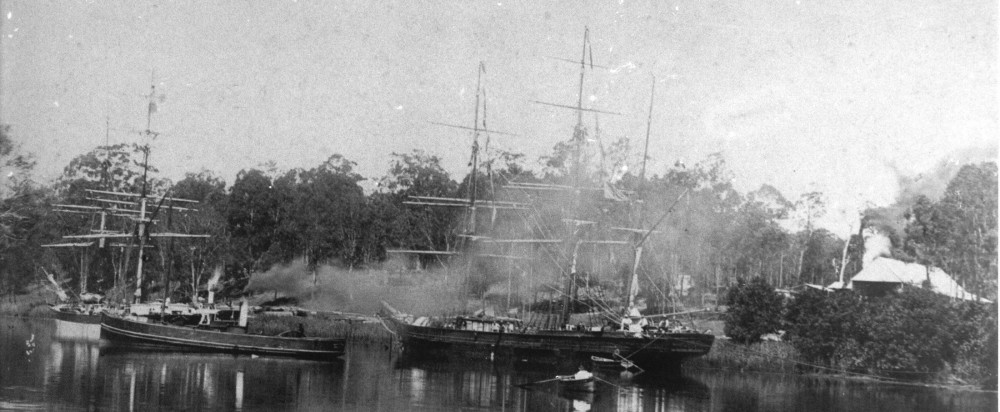Dungog has been the location of a number of scientific studies mostly associated with the great biological diversity of the Barrington Tops. However, an attempt at systematic observations was previously conducted by local physician Dr Ella McKinlay, who was typical of many educated people of the 19th century seeking to learn more of their new environment. In this case, Dr McKinlay was among the very few to make any effort at learning something of the local Gringai people, some of his observations making their way into the researches of A W Howitt.[1]
Most scientific research within the Dungog Shire area has been undertaken in the field of natural history. Outstanding was the work undertaken by John Hopson of Eccleston on the Barrington Tops in making observations of his own, particularly in the field of entomology, as well as in leading many naturalists from Sydney University and other institutions on extensive field trips through the area.[2] John Hopson left his extensive collection of Paterson, Allyn and Williams Valley insects to the Australian Museum.[3]
One naturalists John Hopson guided was the Rev H M R. (Herman Montague Rucker) Rupp, whose studies of orchids are of note. Known as the ‘Orchid Man’, the Rev Rupp was at Paterson from 1924 to 1930 and identified many new species of orchid, including a new Dendrobium, while in the Barringtons with John Hopson in 1925.[4]
Born in Clarence Town in 1845, Charles Bruce Lowe, the son of the shipbuilder William Lowe, was responsible for the Bruce Lowe Numbers, or Family Numbers, used to designate thoroughbreds. Lowe’s work, Breeding Racehorses by the Figure System was published posthumously in 1895.[5]
Finally, another researcher in the field of natural studies was Dr Patkin, also a local medical practitioner, who investigated the sting of the Bullrout – a fish known for its ability to produce a ‘spectacularly painful’ though non-lethal sting. Michael Patkin was living at Dungog when he investigated some 16 patients treated at Dungog Hospital with Bullrout stings over five years from February 1963.[6]
Both the dairying and timber industries of the Dungog Shire district have also attracted a number of studies conducted by academics and industry groups in efforts to either maintain these industries or to manage their decline, and in 1981, Macquarie University conducted a study of the water flows of the Allyn River.[7]
- Howitt, Alfred William, The native tribes of south-east Australia, (London: Macmillan, 1904).↵
- Sydney Morning Herald, 30/6/1928, p.11 & Hartley, Barrington Tops, p.28.↵
- Sydney Morning Herald, 27/6/1928, p.12.↵
- Sydney Morning Herald, 30/6/1928, p.11 & Gilbert, Rupp, Herman Montague Rucker (1872–1956), Australian Dictionary of Biography, http://adb.anu.edu.au/biography/rupp-herman-montague-rucker-8298 (accessed 22/2/2012).↵
- Binney, Horsemen of the First Frontier, pp.455-479.↵
- Bullrout stings, http://mpatkin.org/surgery_clinical/bullraut.htm (accessed 22/2/2012).↵
- Dungog Chronicle, 25/3/1981, p.3.↵
